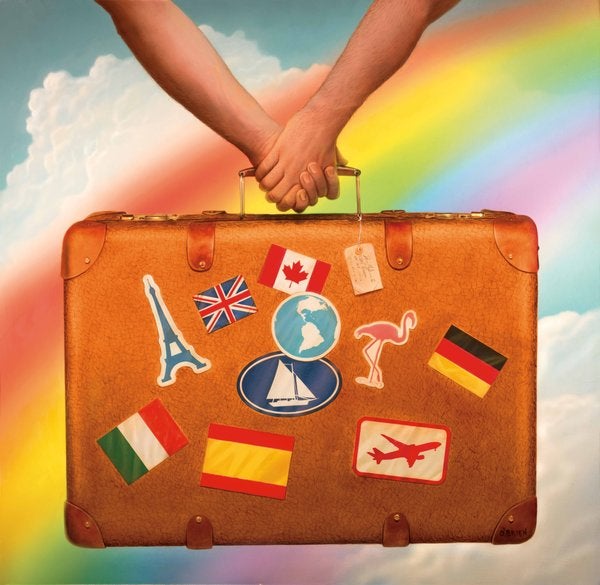
In Key West, where Mr. Moses is based, he notes that things are changing. “In just the last two years at least four gay guesthouses have gone ‘all welcome,’” Mr. Moses said, referring to the practice of allowing anyone to check in. “The gay guesthouse, they’re disappearing,” he said.
Even so, it seems the need for L.G.B.T. tours and services is not.
“We’re mixing more and more, but there is always going to be a need for people to be with their friends and family and community,” said Mr. Tuthill of Passport magazine. “There are issues you encounter that other people don’t deal with.”
One of those issues is safety, even in places considered gay-friendly — Provincetown, Mass., Boston, Seattle, Palm Springs, Calif., Mexico, Canada, England, Spain, France.
Mr. Paisley of Community Marketing recalled walking in San Francisco not too long ago and having someone roll down a car window and yell a gay slur at him. This month, he said a gay friend of his was harassed on the New York City subway.
“This kind of stuff happens to gay people all the time,” he said, “and because of that, safety is really important.”
Places like Russia, Egypt and India are now considered too dangerous, Ms. Johns said. Mr. Adams of Passport magazine strives to share with his readers, each of whom travels on average 11 times a year, places that are culturally compelling yet safe. “We’re not going to Brunei anytime soon,” he said, referring to the Southeast Asian country that recently introduced antigay laws.
To be considered L.G.B.T.-friendly, a destination usually has a local gay community with which visitors can connect, businesses with nondiscrimination polices and diversity training, and an overall welcoming feel.

